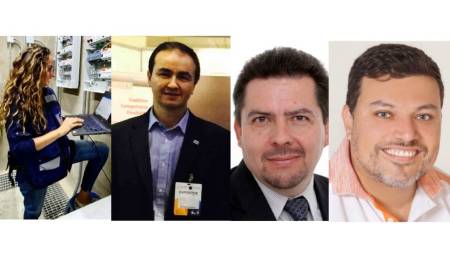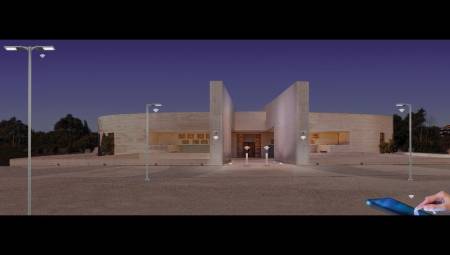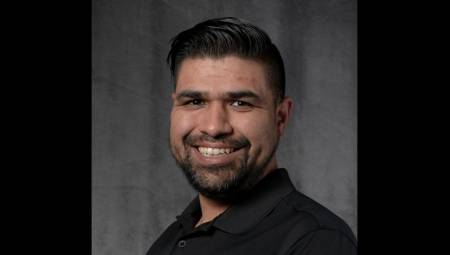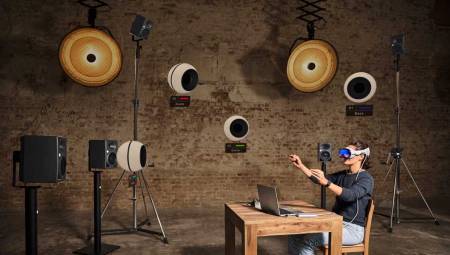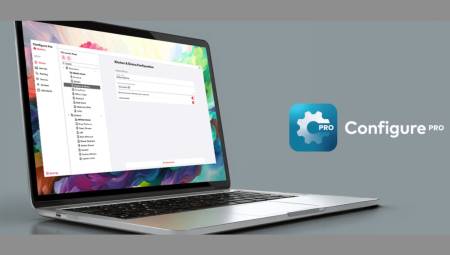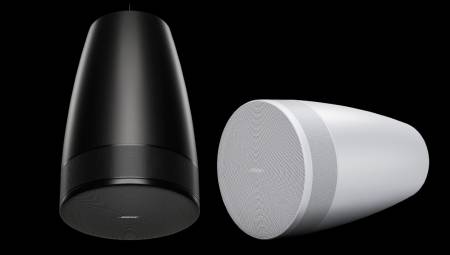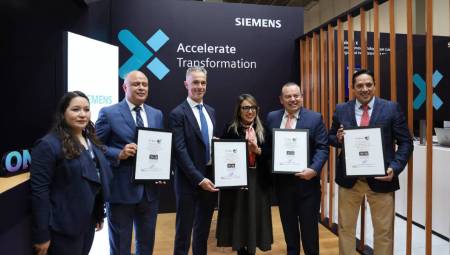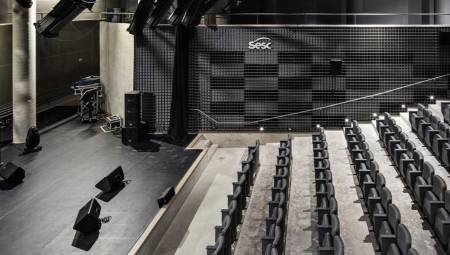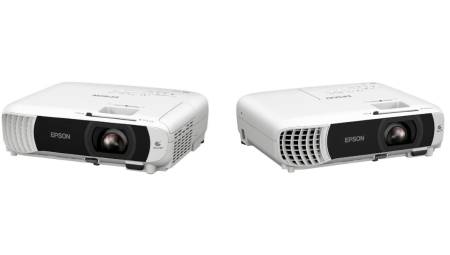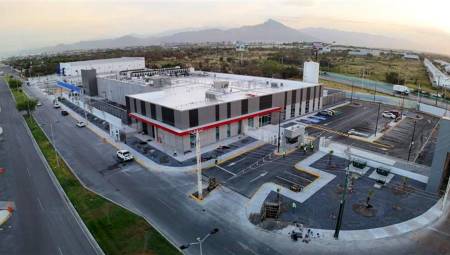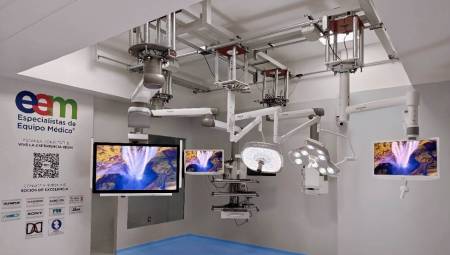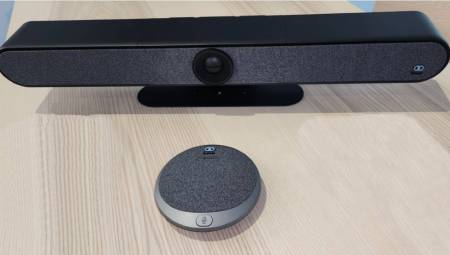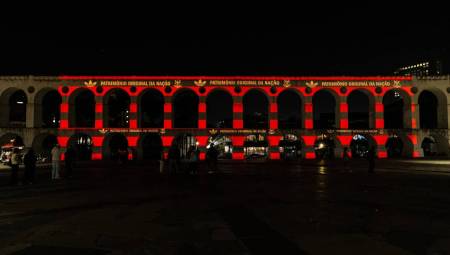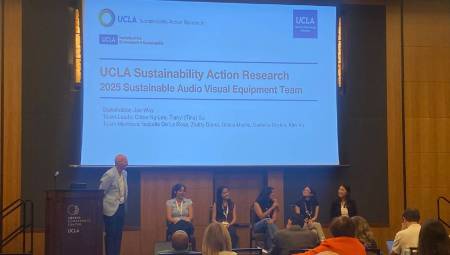 Sometimes reverberation in churches and temples can help music or choir have a heavenly sound. The sound of the church organ or band can reverberate powerfully due to high ceilings or reflective surfaces.
Sometimes reverberation in churches and temples can help music or choir have a heavenly sound. The sound of the church organ or band can reverberate powerfully due to high ceilings or reflective surfaces.
Miguel Paucar
Although the music has a powerful sound, the architecture of temples can reduce the clarity of the words of the pastor or keynote speaker. The word loses intelligibility – or the ability to be clearly understood – because of reverberation. The listener receives multiple versions of the same sound that reach their ears at different times, causing distraction. For churches and temples, this is an important topic, as it distracts the listener who comes primarily to hear the Word of the Lord each week.
It can be said that reverberation is like seeing a photograph. Or, rather, a set of photographs. Imagine a group of photographers, each taking multiple photos of the same scene. Individually, each photo is perfectly clear and visible. Now, imagine seeing all the photos taken at the same time, from various angles, superimposed on top of each other. The images all together would create an interference effect affecting their clarity. We would only see a blurry, indistinguishable image.
The same idea applies to sound. Sounds are reflected from hard materials or surfaces and in doing so, reach the listener at different times, some faster than others. Each individual sound sounds clearly and crisply. But, when all the sounds arrive at different times, they cause a signal without clarity and make it difficult for the brain to process and understand what is being said.
There are no quick fixes to correct the acoustics of a temple or church. Fortunately, there are some techniques to improve the intelligibility of the voice. In this article, we will look at some techniques that we can apply to improve the intelligibility of the voice in temples or churches, without having to make a major investment in new audio equipment.
Microphone intelligibility
The microphone is the direct link of the pastor's voice with the amplification system and, therefore, with the faithful listeners. One of the first causes of loss of intelligibility is due to not knowing how to use the microphone correctly.
In most cases, the microphone is attached to the podium or lectern. When we have a microphone fixed above the pulpit, the speaker's volume level changes every time he moves his mouth or head. Changes can be sudden. The audio engineer can maneuver the volume to anticipate these volume changes, but we know well that it is impossible to predict or match exactly the movements of the person who is speaking.
The best thing to do is to be aware of how far the mouth is from the microphone. To reduce volume changes, it is best to maintain the same distance between the mouth and the microphone to reduce drastic changes. This requires turning your head from side to side very frequently so as not to vary the distance between the microphone and the mouth.
We know well that sometimes this is not possible, either because of the habit of the speaker or because of a lack of understanding. If it is within our reach, we can also consider using another type of microphone that is not fixed, such as a lapel microphone or lavalier. However, these microphones also present other challenges. Since the lapel microphone is fixed on the shirt or tie in front of the speaker, it may present the same volume reduction when turning the head. In that case, the speaker can notice his movements and turn the whole body, not just the head, the speech, which keeps the mouth focused towards the lapel microphone.
Another solution is to use a handheld microphone, but there are other challenges as well. A common problem is the speaker holding the microphone by covering the grid with his hand. Although it may look pretty, or may be more comfortable for the speaker holding the microphone, this practice can reduce intelligibility, as the hand is covering the main input point of the microphone.
Another common problem is holding the microphone very close to the mouth, or directly under the nose, making the microphone more sensitive to occlusive noises – such as loud sound when saying the letter "p" (also called "popeo" by some sound engineers). Surely you have heard this effect before, when pronouncing certain words, the letter "p" or "b" can sound very loud with a thunderous noise, especially when having the microphone too close to the mouth.
The solution to minimize this effect with handheld microphones is: hold the microphone by the handle, and not by the grille, and position the microphone 1cm from the mouth. Thus, it is ensured that the handheld microphone can capture the voice clearly, without increasing the volume of the consonants, resulting in a clearer and clearer sound. If it is necessary to bring the microphone closer to achieve better volume, it is recommended to place the microphone towards the corner of the mouth, so that the air from the mouth does not stick directly to the microphone capsule.
Headband microphones are also a very good alternative. The headband microphone typically has a headband or tape securing the microphone to the speaker's head. Thus, the pastor or speaker can move his head freely, without losing the position between the mouth and the microphone. This is an excellent solution for the speaker looking for complete freedom of movement.
Monitors on stage
In addition to explaining reverberation in temples, floor monitors on the stage or pulpit can also cause reverberation, further reducing intelligibility. The microphone can pick up the signal from the floor monitor, which produces one of two difficulties: the microphone picks up the speaker's voice and delayed reflection, generating more reverberation; or may cause coupling (feedback or feedback.)
Docking occurs when the microphone picks up the sound from the monitor or speaker, and relays that sound from the microphone to the speaker again, generating a cycle in the signal. So it is always recommended to keep the speakers or monitors away from the microphone.
Although the floor monitor can help the pastor or speaker hear themselves, the monitors themselves can cause more problems, such as reducing intelligibility or worse, causing coupling or feedback.
Here are some solutions:
- Floor monitors can be muted during speaking portions during service. The pastor may need to get used to this change, but intelligibility will be improved when speaking.
- A very effective (but more expensive) solution is to use a personal monitor system, instead of floor monitors. These systems are sometimes referred to as "in-ears", they can be wireless or wired. A personal monitor system requires the use of in-ear headphones to be able to hear itself. In this way, the speaker can better hear himself, without the challenge of having to use floor monitors and adjust volumes to avoid further reverb or coupling. The main advantage is the improvement of intelligibility in the temple or church.
Conclusion
Although it is not possible to redesign the temple or church, we can put into practice some tips to improve the intelligibility of the speaker and reduce the coupling of the speakers. It is not necessary to make a larger investment to improve the sound quality. It is possible to consider a microphone change or a personal monitor system to facilitate speaker comfort and improve sound quality for listeners.







